China Orders State-Funded Data Centers Not To Use Foreign AI Chips
Yesterday we said that with Beijing giving Trump a list of 4 "red lines" he should note cross (including i) Taiwan, ii) democracy and human rights, iii) China’s political system, and iv) development rights), the countdown to the end of the trade truce has started because there is no more certain way to get Trump to do something than to tell him he shouldn't.
And in a move that will only accelerate Trump's anger, the Chinese government issued guidance requiring new data centre projects that have received any state funds to only use domestically-made artificial intelligence chips, Reuters reported.
In recent weeks, Chinese regulatory authorities ordered such data centres that are less than 30% complete to remove all installed foreign chips, or cancel plans to purchase them, while projects in a more advanced stage will be decided on a case-by-case basis, the Reuters sources said.
Some projects have already been suspended before breaking ground as a result of the directive, including a facility in a northwestern province that had planned to deploy Nvidia chips, one of the sources said. The project, being developed by a private technology company that received state funding, has been put on hold, the source said.
The move could represent one of China's most aggressive steps yet to eliminate foreign technology from its critical infrastructure amid a pause in trade hostilities between Washington and Beijing, and achieve its quest for AI chip self-sufficiency.
China's access to advanced AI chips, including those made by Nvidia has been a key point of friction with the U.S., as the two wrestle for dominance in high-end computing power and AI. Trump said in an interview aired on Sunday following talks with Chinese President Xi Jinping last week that Washington will "let them deal with Nvidia but not in terms of the most advanced" chips.
Beijing's response: if you limit technology, we will come up with our own.
The move by Beijing, would dash Nvidia's hopes of regaining Chinese market share, while giving local rivals, including Huawei, yet another opportunity to secure more chip sales. Besides Nvidia, other foreign chipmakers that sell data centre chips to China include AMD and Intel.
It remains unclear whether the guidance applies nationwide or only to certain provinces, although it is likely the case that this will soon become the norm unless something changes. The sources did not identify which Chinese regulatory bodies had issued the order.
Unlike in the US where corporations are funding data center buildout - either through cash flow, equity or debt - AI data center projects in China have drawn over $100 billion in state funding since 2021, according to a Reuters review of government tenders. Most data centers in China have received some form of state funding to aid their construction, but it is not immediately clear how many projects are subject to the new guidance.
Beijing has long been irked by Washington's export controls aimed at impeding China's tech progress and has taken a series of measures, including retaliatory moves, to wean itself off US technology. In response, the US has been aggressively ramping up Industrial Policy to boost domestic rare earth mining and refining to ween itself off reliance on Chinese rare earth production. The latest trade truce gives Trump about a year to come up with a viable alternative and a domestic rare earth industry which has seen substantial, but still mostly insignificant, funding from the US.
The US justified its restrictions by alleging the Chinese military would use the chips to increase its capabilities. China has discouraged local tech giants from purchasing advanced Nvidia chips over security concerns this year, while showing off a new data centre powered solely by domestic AI chips.
And in 2023, Beijing banned the use of Micron'sproducts in its critical infrastructure, which paved the way for a decision this year by the largest U.S. memory chipmaker to exit the server chip market in China, Reuters reported last month.
Nvidia CEO Jensen Huang has repeatedly lobbied Trump and his cabinet to allow the sale of more AI chips to China, arguing that keeping its superpower rival's AI industry dependent on U.S. hardware was good for America's interests.
Its current share of the Chinese AI chip market is zero, compared to 95% in 2022, according to the company.
Excluding foreign chipmakers like Nvidia from big state projects would eliminate a significant portion of their China revenue, even as a deal is agreed to allow the resumption of advanced chip sales to China. The new guidance on data centres covers Nvidia's H20 chips, the most advanced AI chip the U.S. firm is allowed to sell to China, but also more powerful processors such as the B200 and H200, the sources said.
While the B200 and H200 are barred from being shipped to China by U.S. export controls, they remain widely available in China through grey-market channels.
Of course, the obvious next question is does China have the technology to actually achieve parity with the US.
With the latest directive, the Chinese government is carving out even more market share for domestic chipmakers. China has a range of AI chip companies, from the most prominent, Huawei Technologies, to smaller players such as Shanghai-listed Cambricon and startups including MetaX, Moore Threads, and Enflame.
While products from these Chinese companies already rival some of Nvidia's offerings, they have struggled to crack the market. Developers used to Nvidia's reliable software ecosystem have been reluctant to adopt domestic alternatives.
Lastly, while the move would help boost sales of domestically developed chips, it also risks widening the U.S.-China gap in AI computing power. U.S. tech giants like Microsoft, Meta, and OpenAI have spent or allocated hundreds of billions of dollars to build data centres powered by Nvidia's most advanced chips. Meanwhile, leading Chinese chip manufacturers like SMIC are facing supply constraints due to U.S. sanctions on semiconductor manufacturing equipment that have hit advanced chip production capacity.
In the end, the most likely endgame is one where both Beijing and DC directly fund their domestic AI industries to win the next "arms race" which will be who gets to AGI first, as the cost for not getting there first will be existentially staggering. As such, we expect a substantial spending spree from the US government to fund even more progress as Trump seeks to expand the tech gap with China, which in turn will further blow out the US budget deficit and lead to an even faster growth in the US federal debt in coming years.
Tyler Durden Wed, 11/05/2025 - 18:50


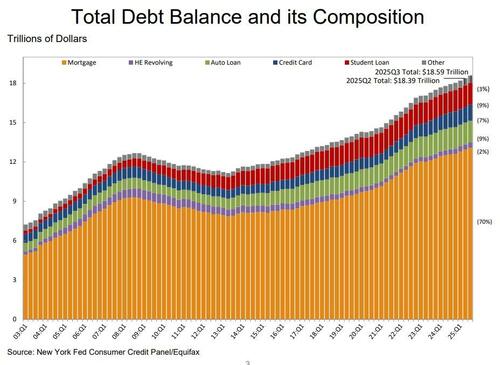
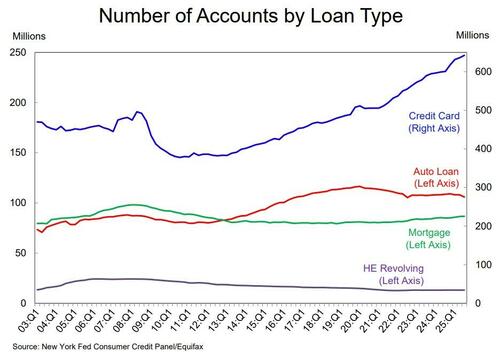

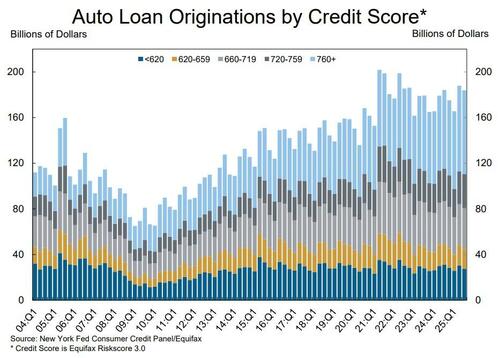
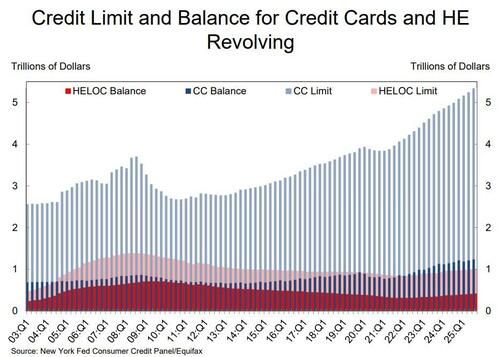
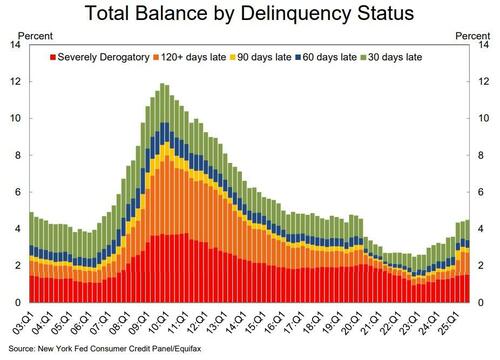

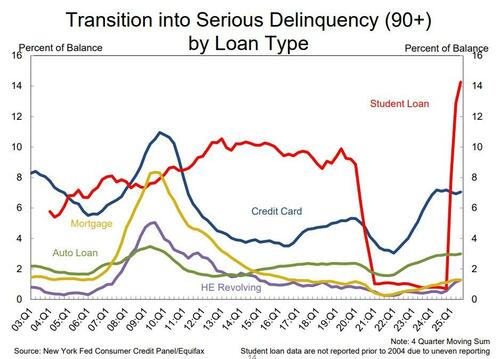
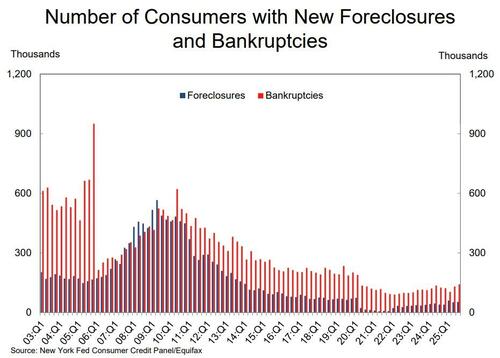
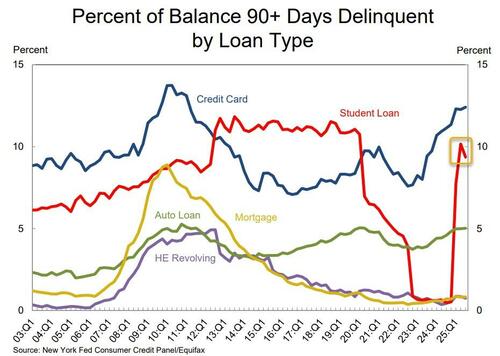
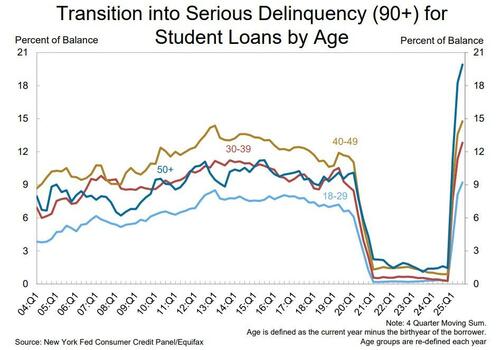


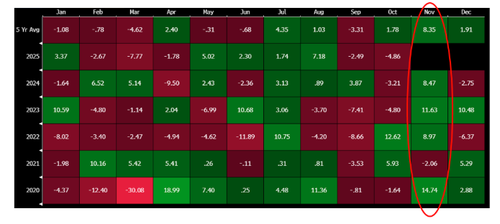



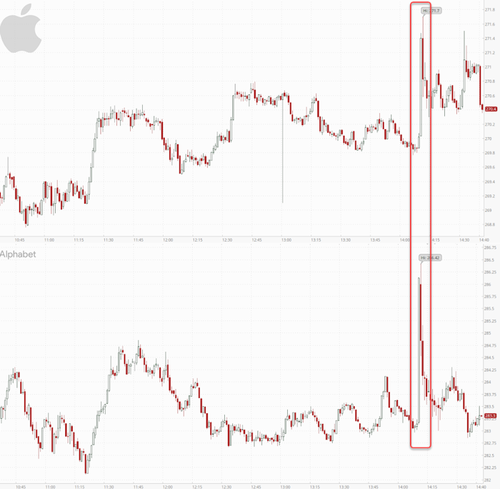




Recent comments